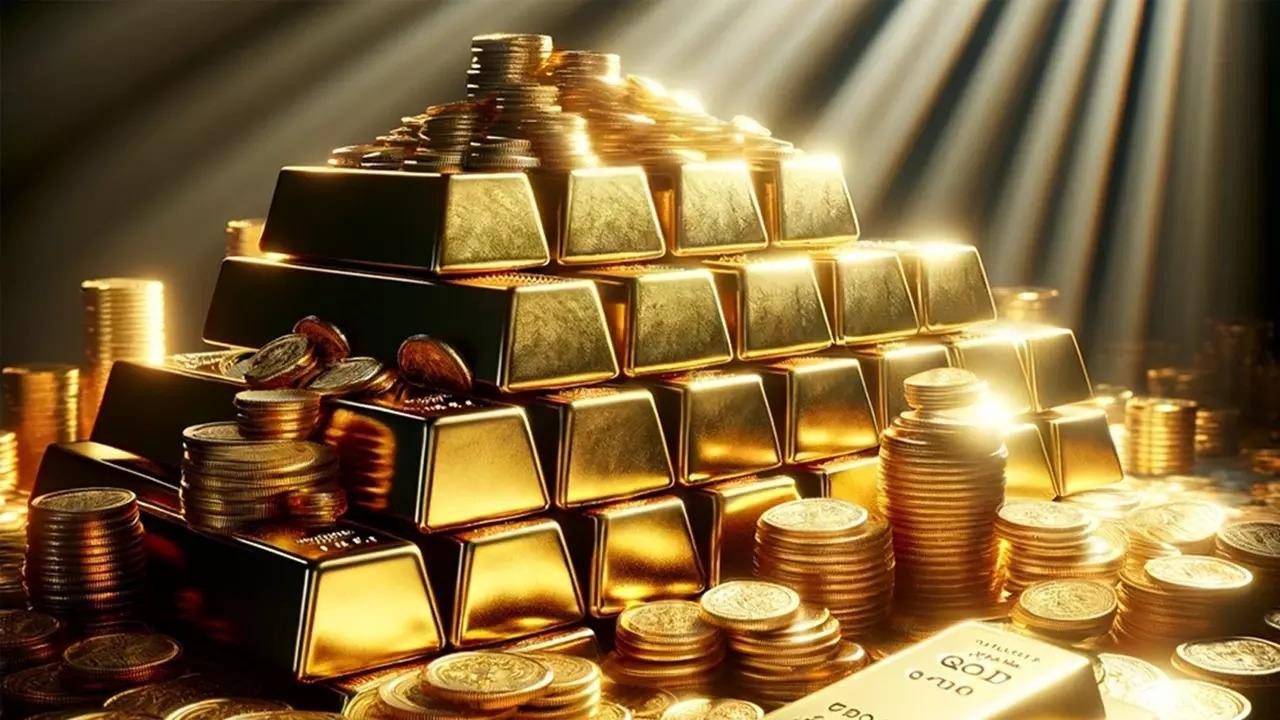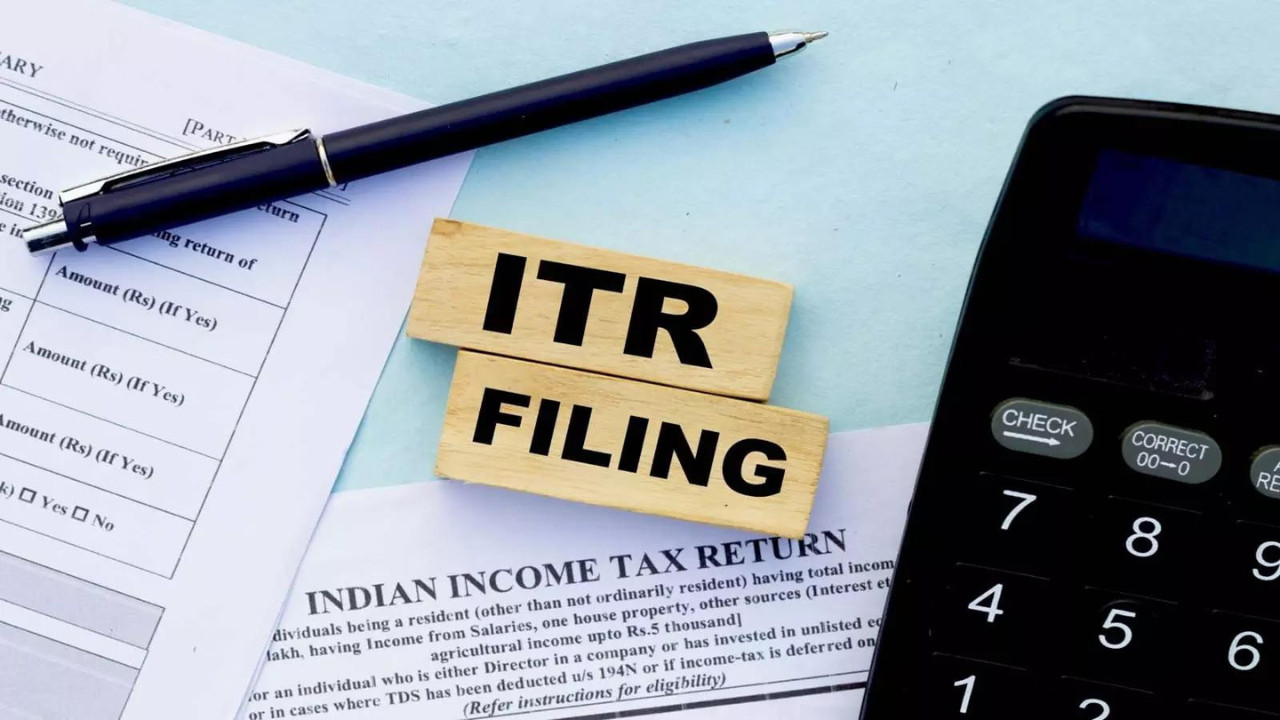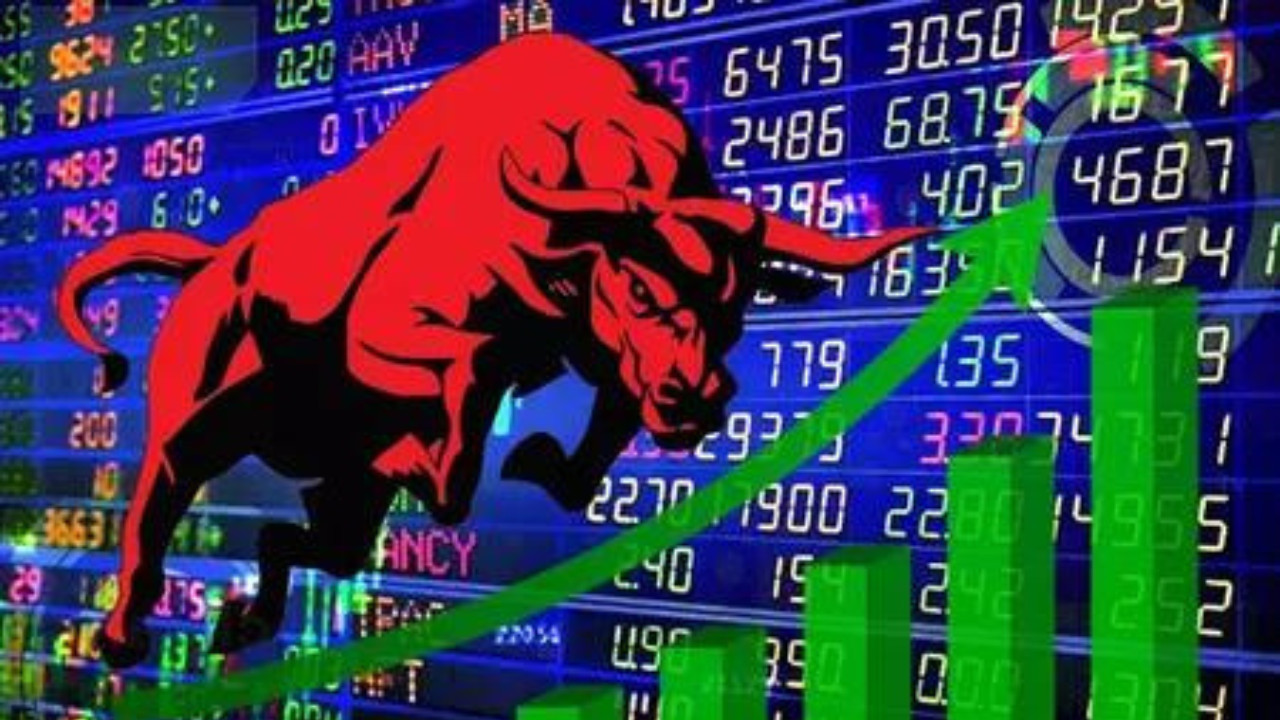Gold prices in the national capital soared to a record high of Rs 1,03,670 per 10 grams, driven by persistent buying, a weaker rupee, and global uncertainties. Silver prices eased after reaching record highs, while international markets saw spot gold remain steady. Market participants are closely monitoring US-India trade tensions and the upcoming US PCE Price Index release.
Gold Rush: Why Your Savings Account is Suddenly Looking a Little Less Shiny
We’ve all felt the pinch lately. From the grocery store to the gas pump, our wallets seem to be emptying faster than ever. But behind the scenes, something significant is happening in the world of finance, and it’s impacting everything from your investment portfolio to the global economy: gold prices are soaring.
Forget modest gains – we’re talking about a sprint to new heights. Just recently, gold hit a record high, reaching a staggering ₹103,670 per 10 grams. That’s a jump of ₹2,100 in a single bound! What’s fueling this golden frenzy, and more importantly, what does it mean for you?

Decoding the Gold Price Surge
Several factors are conspiring to push gold into uncharted territory. Think of it as a perfect storm brewing in the financial world.
One of the biggest drivers is the weakening rupee. When the Indian currency loses value against the US dollar, it becomes more expensive to import gold. This increased cost, naturally, gets passed on to consumers, pushing domestic prices higher. It’s a simple supply-and-demand dynamic, but the scale of the rupee’s recent fluctuations has amplified the impact considerably.
Beyond currency fluctuations, global economic uncertainty is also playing a significant role. When investors feel nervous about the stock market or the overall health of the economy, they often flock to safe-haven assets like gold. Gold has a long history of holding its value during times of crisis, making it an attractive option for those looking to protect their wealth. Think of it as financial comfort food – reliable and reassuring when everything else feels shaky.
Geopolitical tensions also add fuel to the fire. Conflicts, political instability, and trade wars create uncertainty, prompting investors to seek refuge in gold. It’s a classic case of “flight to safety,” as investors prioritize preserving their capital over chasing potentially riskier returns. This is why you see spikes in gold demand during times of international turbulence.
Finally, central bank policies also factor into the equation. Decisions regarding interest rates and inflation targets can significantly impact the attractiveness of gold as an investment. Lower interest rates, for example, tend to make gold more appealing, as it doesn’t offer a yield like bonds or savings accounts. As central banks navigate complex economic landscapes, their actions inevitably influence the trajectory of gold prices.
Silver Takes a Tumble
While gold is basking in the spotlight, its sister metal, silver, is telling a different story. Silver prices recently experienced a drop of ₹1,000. While silver also benefits from its status as a precious metal, it’s also heavily used in industrial applications. This makes its price more sensitive to economic slowdowns. If manufacturing activity decreases, demand for silver falls, putting downward pressure on its price. For a deeper dive, explore our analysis of precious metals investing [link to internal article on investing in precious metals].
What Does This Mean for You?
The surging gold price has implications for everyone, whether you’re a seasoned investor or simply trying to manage your household budget.
For investors, it’s a reminder of the importance of diversification. Having a portion of your portfolio allocated to assets like gold can help cushion the blow during market downturns. However, it’s crucial to remember that past performance is not indicative of future results. Thorough research and careful consideration of your individual risk tolerance are essential before making any investment decisions.
For consumers, rising gold prices mean that jewelry and other gold products will become more expensive. This could impact decisions regarding purchases for weddings, festivals, and other special occasions. It might also lead to increased interest in selling old gold jewelry to capitalize on the higher prices.
The soaring price of gold also has broader implications for the Indian economy. India is one of the world’s largest consumers of gold, and higher prices could lead to a decrease in demand, impacting the jewelry industry and related sectors. It could also put pressure on the country’s current account deficit, as more dollars are needed to import the same amount of gold.
Navigating the Golden Landscape
The recent surge in gold prices is a complex phenomenon driven by a confluence of factors. It’s a reminder of the interconnectedness of the global economy and the importance of staying informed about market trends. Whether you’re an investor, a consumer, or simply someone interested in understanding the forces shaping our financial world, keeping a close eye on the gold price is essential. While predicting the future is impossible, understanding the underlying drivers of gold’s rise can help you make more informed decisions and navigate the ever-changing economic landscape.







